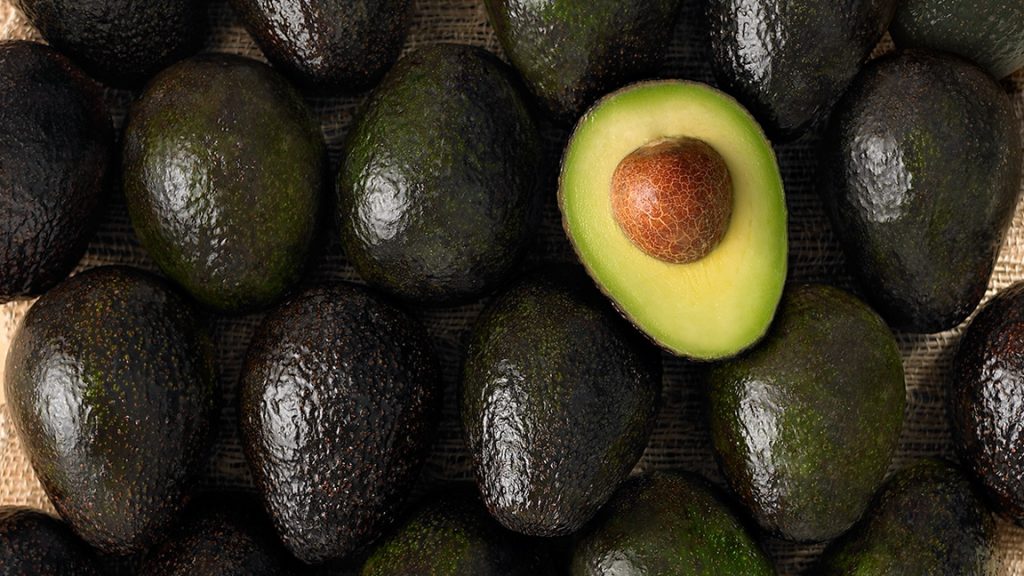Mission Produce looks south amid Mexican supply uncertainty

U.S. avocado grower-marketer Mission Produce used Chile and Colombia, as well as larger than forecast California volumes, to plug a Mexican fruit shortfall during the second quarter of 2022 as the inconsistency of supply continues.
Although Mexico still accounted for an estimated 76% of fruit distributed by Mission during the quarter, the company said abnormal sizing and grading of harvested produce from the U.S.’s southern neighbour remained an ongoing theme.
In its second quarter fiscal year results for 2022, the Oxnard, California-based company reported an 18% rise in total revenue to $278.1 million compared with $234.7 million over the same quarter of 2021, with the company generating $9.2 million in adjusted EBITDA.
Mission said the growth was driven by a 44% increase in average per unit avocado sales prices as a result of lower supply following a smaller Mexican harvest, as well as inflationary pressures. These prices gains, it said, were partially offset by a 19% drop in avocado volume sold, which Mission also attributed to Mexican supply shortages.
In an Earnings Call to investors, CEO Steve Barnard said the revenue growth was driven by a continued strong pricing environment that is being supported by resilient demand, amid lower industry supply. Key to this growth was Mission’s ability to drive a recovery of in per box margins, which Barnard said had returned to the high end of normal historical ranges.
However, although the company was able to utilize alternative sources to fill demand during the quarter – with a particular focus on California – Mission’s CEO said the Mexican situation continued to present challenges.
He said: “While Mission's global footprint provides sourcing advantages relative to the industry as a whole, there are not enough ample sources of fruit available at this time of year to meaningfully offset the impact of the Mexican supply shortages. This is an example of why Mission has been proactive in investing in vertically integrated global supply sources to fill these supply gaps and reduce industry volatility.”
The combination of constrained supply and consistent demand created “sustained upward pressure” on pricing during the first six months of 2022, with prices as much as 50% higher than the same period a year before.
However, Barnard said demand in core U.S. markets had proven to be resilient and largely inelastic.
“We think this speaks to the broader health and wellness trends that underpin the avocado industry, elevating the avocado to a must-have staple in many households,” he said.
In fact, Mission estimated that it distributed the same volume of avocados in the second quarter of 2022 as it did in the same period of 2020, before the onset of the Covid-19 pandemic.
The key difference was that 2022 prices were 24% higher than during second quarter of 2020, which Barnard said demonstrated the value of avocados are a part of U.S. consumers’ diets.
Access and consistent quality were, he continued, key to this ongoing success, with the company anticipating demand will continued to remain strong into the second half of the fiscal year as Mission’s own Peruvian production comes online.
While the Peruvian growing season had been very productive and Mission is expecting solid yields from its crop, Barnard predicted some price rationalization was likely in line with an expected improvement in supply conditions during the last six months of 2022.
“While we expect to generate sales growth in the second half of the fiscal year, the inflationary environment is expected to mitigate some of the operating leverage that we typically expect out of our own international farming segment,” he said.
Mission is also in the early stages of producing mangos from Peru, with around 60% of its 300 planted hectares now productive. However, the operation is relatively small compared with the company’s estimated 3,000 hectares of avocado orchards in the country.












































